Radar from airports and military systems may expose Earth to alien detection. These signals could be used to find intelligent civilizations. New research indicates that radar systems operated by both civilian airports and military facilities may be unintentionally broadcasting Earth’s presence to
Category: alien life – Page 10
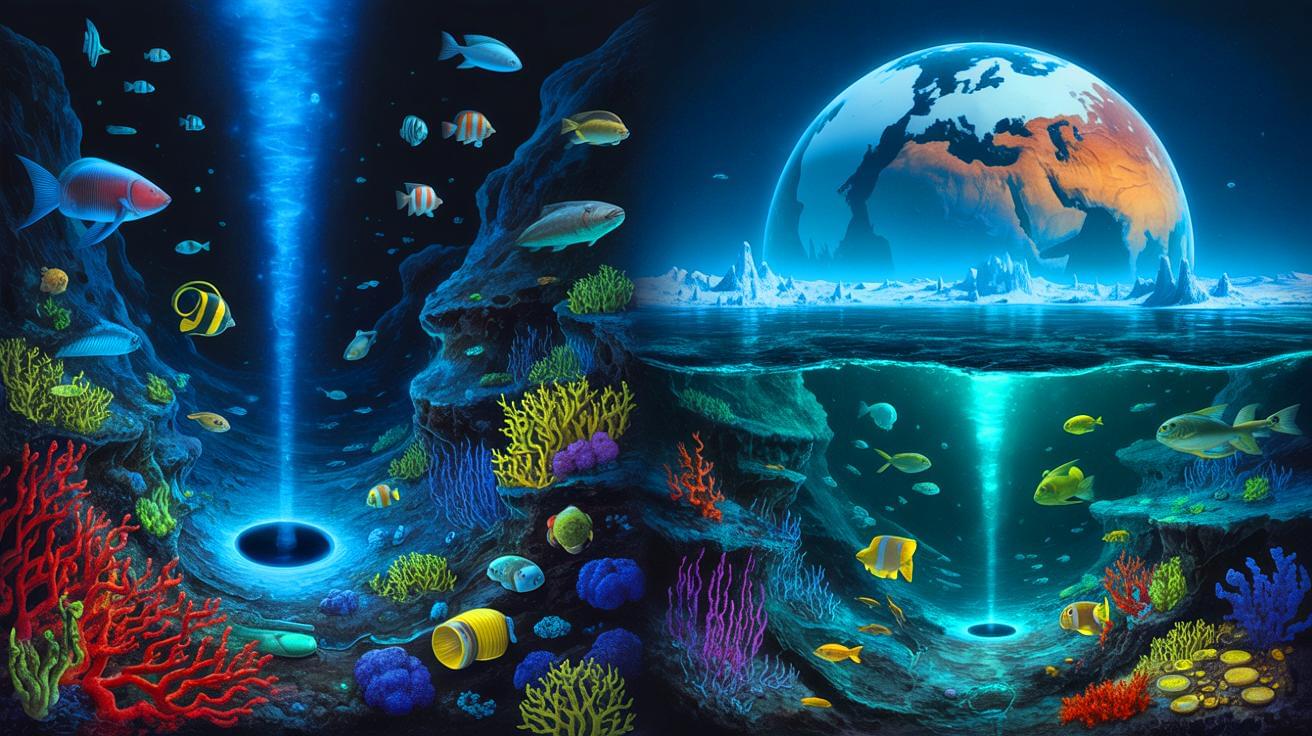
“These Creatures Could Rewrite the Rules of Life”: Deep-Sea Microbes on Earth Mirror What May Be Thriving Beneath Europa’s Ice
IN A NUTSHELL 🌊 Scientists are studying Earth’s deep-sea hydrothermal vents as a model for potential life on Europa. 🔬 James Holden’s team uses lab simulations to understand how microbes survive in extreme conditions. 🚀 The Europa Clipper mission aims to explore Europa’s ice shell and subsurface ocean, searching for signs of life. 🌌 Discoveries
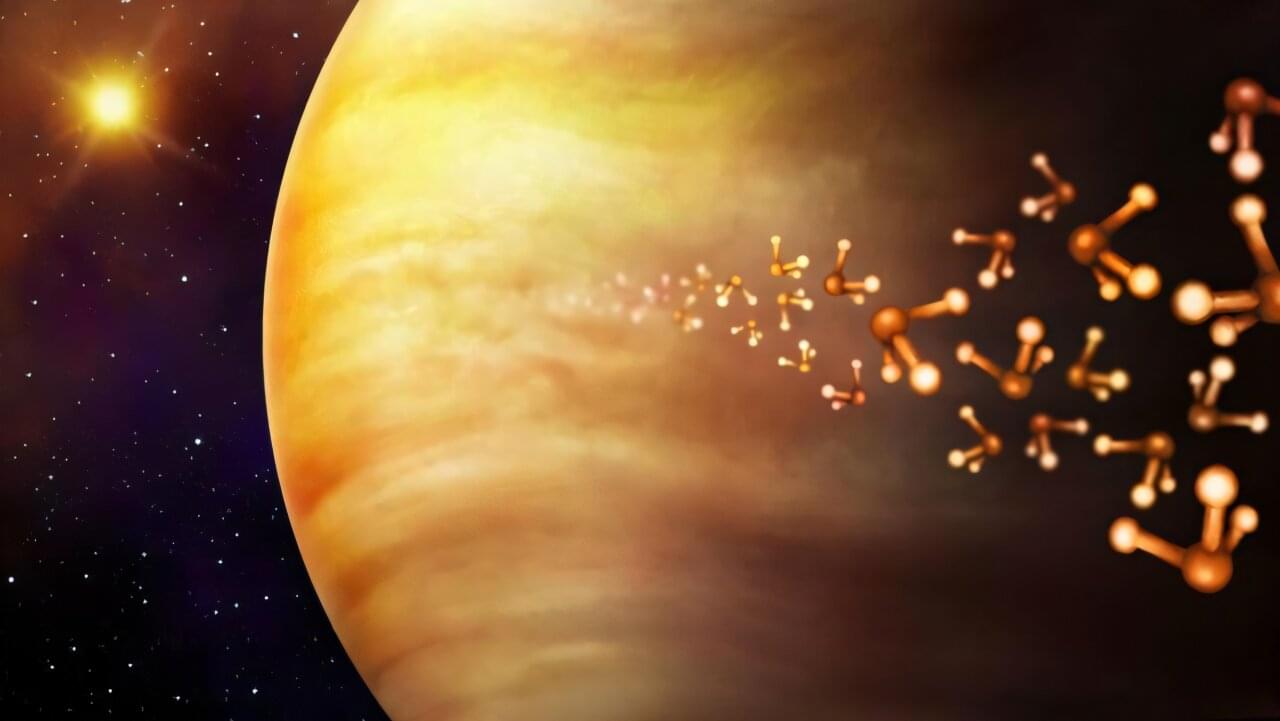
Life on Venus? Probe mission could search Venus clouds for unexplained hydrogen-rich gases
The answer to whether tiny bacterial life-forms really do exist in the clouds of Venus could be revealed once and for all by a UK-backed mission.
Over the past five years, researchers have detected the presence of two potential biomarkers—the gases phosphine and ammonia—which on Earth can only be produced by biological activity and industrial processes.
Their existence in the Venusian clouds cannot easily be explained by known atmospheric or geological phenomena, so Cardiff University’s Professor Jane Greaves and her team are plotting a way to get to the bottom of it.
Is it time to chart a new path for xenolinguistics through sci-fi?
To truly explore alien languages, linguists must open themselves to the maximum conceivable degree of cosmic otherness

Why is there no life on Mars? Rover finds a clue
Why is Mars barren and uninhabitable, while life has always thrived here on our relatively similar planet Earth?
A discovery made by a NASA rover has offered a clue for this mystery, new research said Wednesday, suggesting that while rivers once sporadically flowed on Mars, it was doomed to mostly be a desert planet.
Mars is thought to currently have all the necessary ingredients for life except for perhaps the most important one: liquid water.
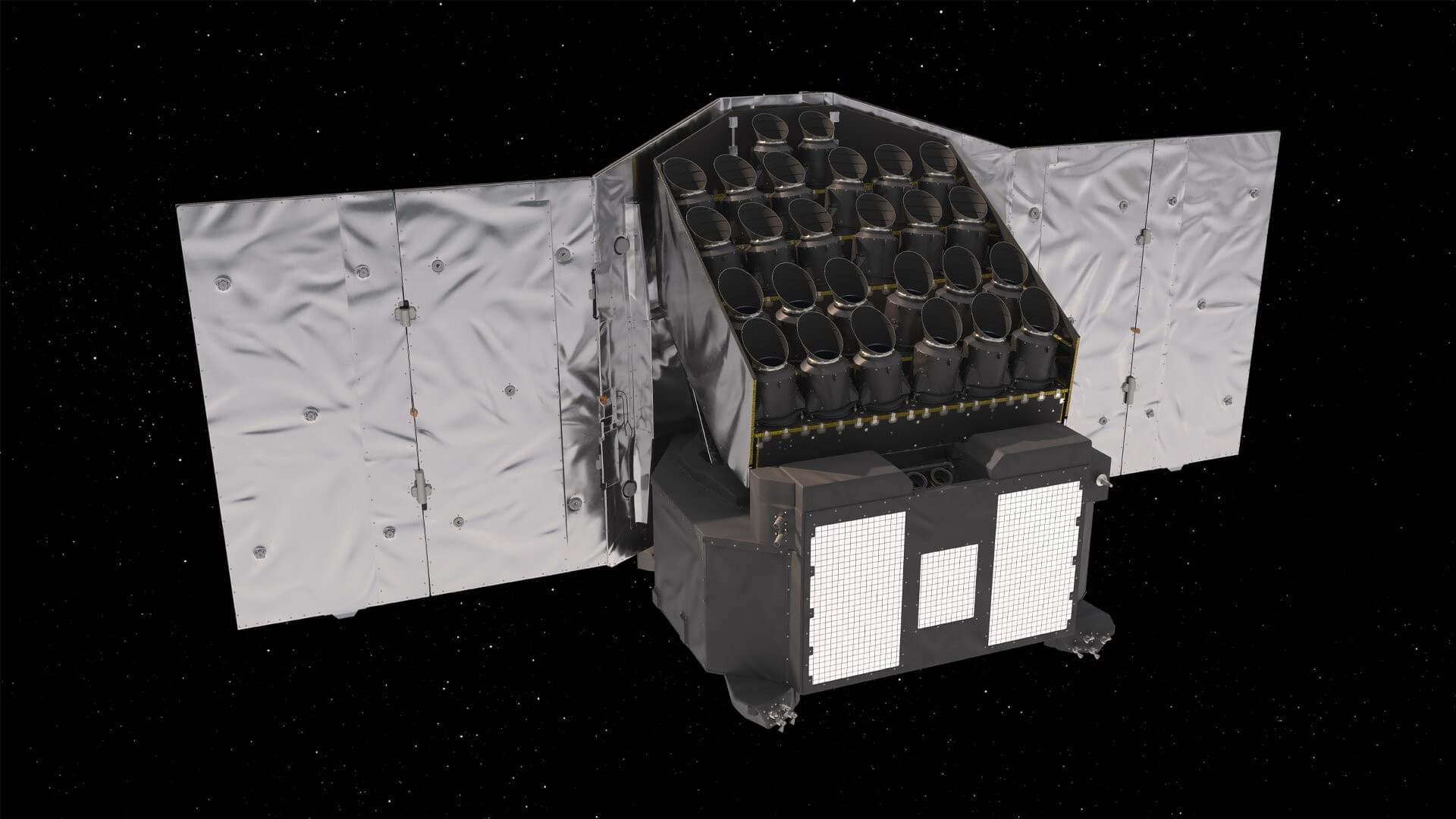
Telescope With 26 84-Megapixel Cameras Will Look for a Second Earth Among 200,000 Stars
The Europeans, for instance, have a bucket full of plans in place in this field. One of them is called the PLAnetary Transits and Oscillations (PLATO) space telescope, and it’s scheduled for launch in 2026 with the stated goal of looking at “terrestrial exoplanets in orbits up to the habitable zone of Sun-like stars. ”
That would be the planets most likely to host life as we know it, located not too far and not too close to their stars to allow water to exist in liquid form, solid enough and with just the right amount of gravity to be life-friendly.
PLATO was first proposed in 2014 in the European Space Agency’s (ESA) Cosmic Vision 2015–25 plan as the third medium class mission. It was first reviewed in 2022, and then it go the thumbs up in the critical design review in 2024, and it’s now being assembled at Orbitale Hochtechnologie Bremen (OHB) in Germany.

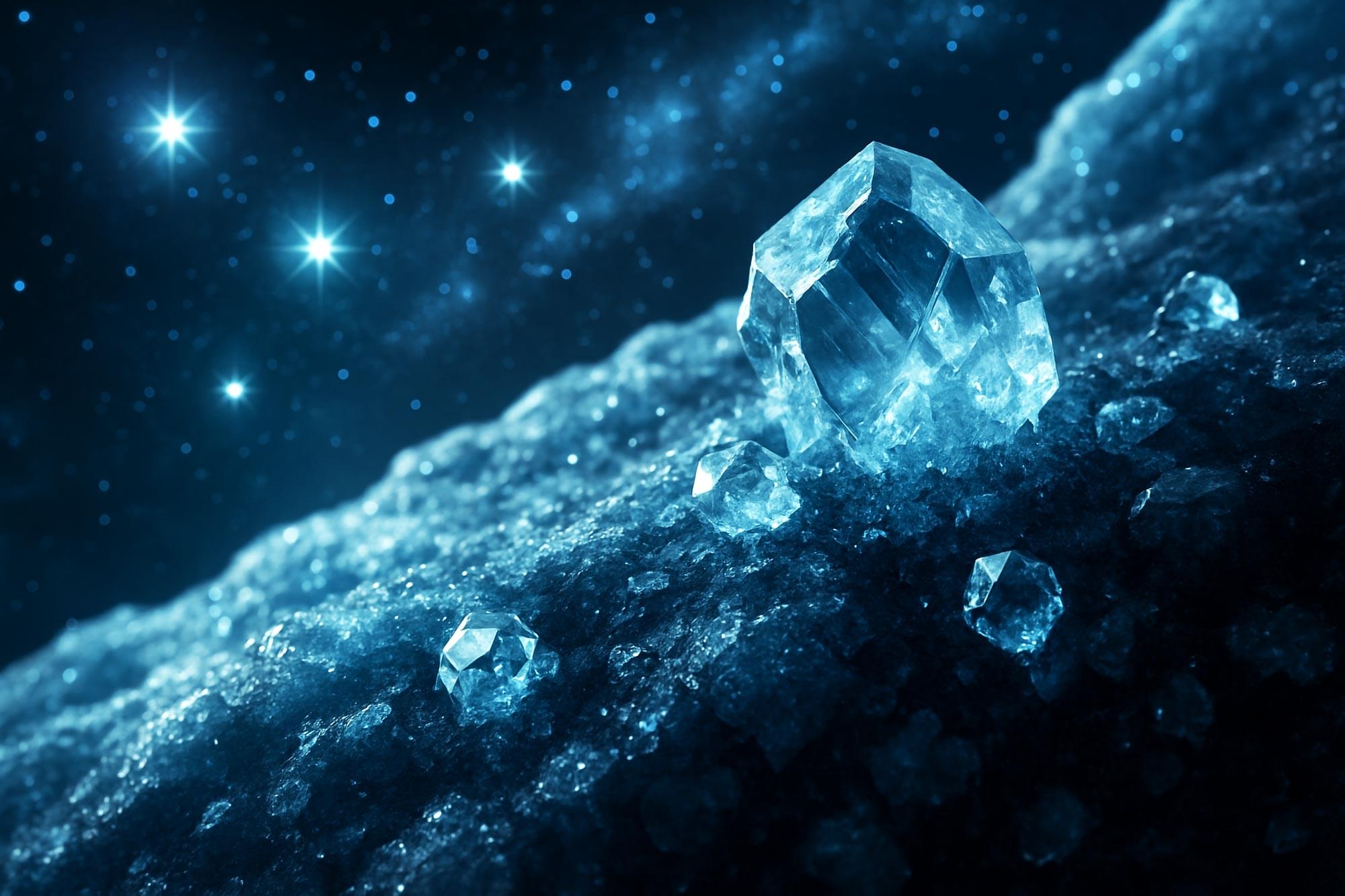
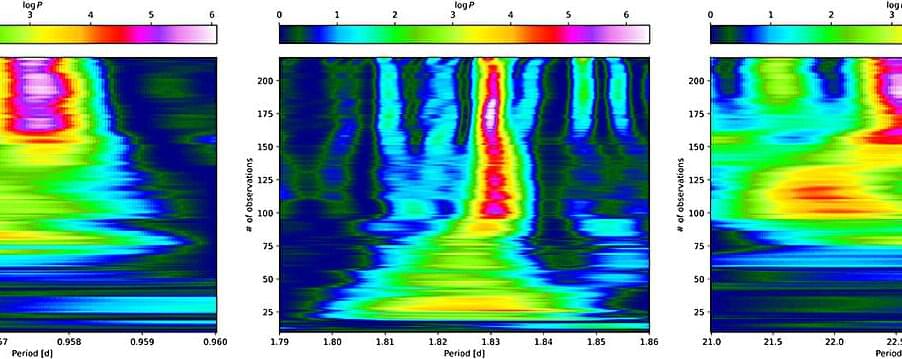
Tiny stars, many Earths: Potentially habitable worlds may be especially common around low-mass stars
According to the latest studies led by Heidelberg University astronomers, low-mass stars quite often host Earth-like planets. Data collected as part of the CARMENES project were the basis of this finding. By analyzing the data, an international research team succeeded in identifying four new exoplanets and determining their properties.
At the same time, the researchers were able to show that Earth-like planets are found quite frequently in the orbit of stars with less than a sixth of the mass of our sun. These findings could support the search for potentially life-sustaining worlds in our cosmic neighborhood. The work is published in the journal Astronomy & Astrophysics.
The CARMENES spectrograph system at the Calar Alto Observatory near Almería (Spain) was developed and built at the Königstuhl Observatory of Heidelberg University. It aids astronomers in the search for exoplanets that orbit so-called M-dwarfs. These stars have a mass of less than one-tenth to half the mass of our sun. M-dwarfs are the most abundant stars in our galaxy. They exhibit tiny periodic movements caused by the gravitational pull of orbiting planets, from which researchers can infer the existence of previously undiscovered worlds.
